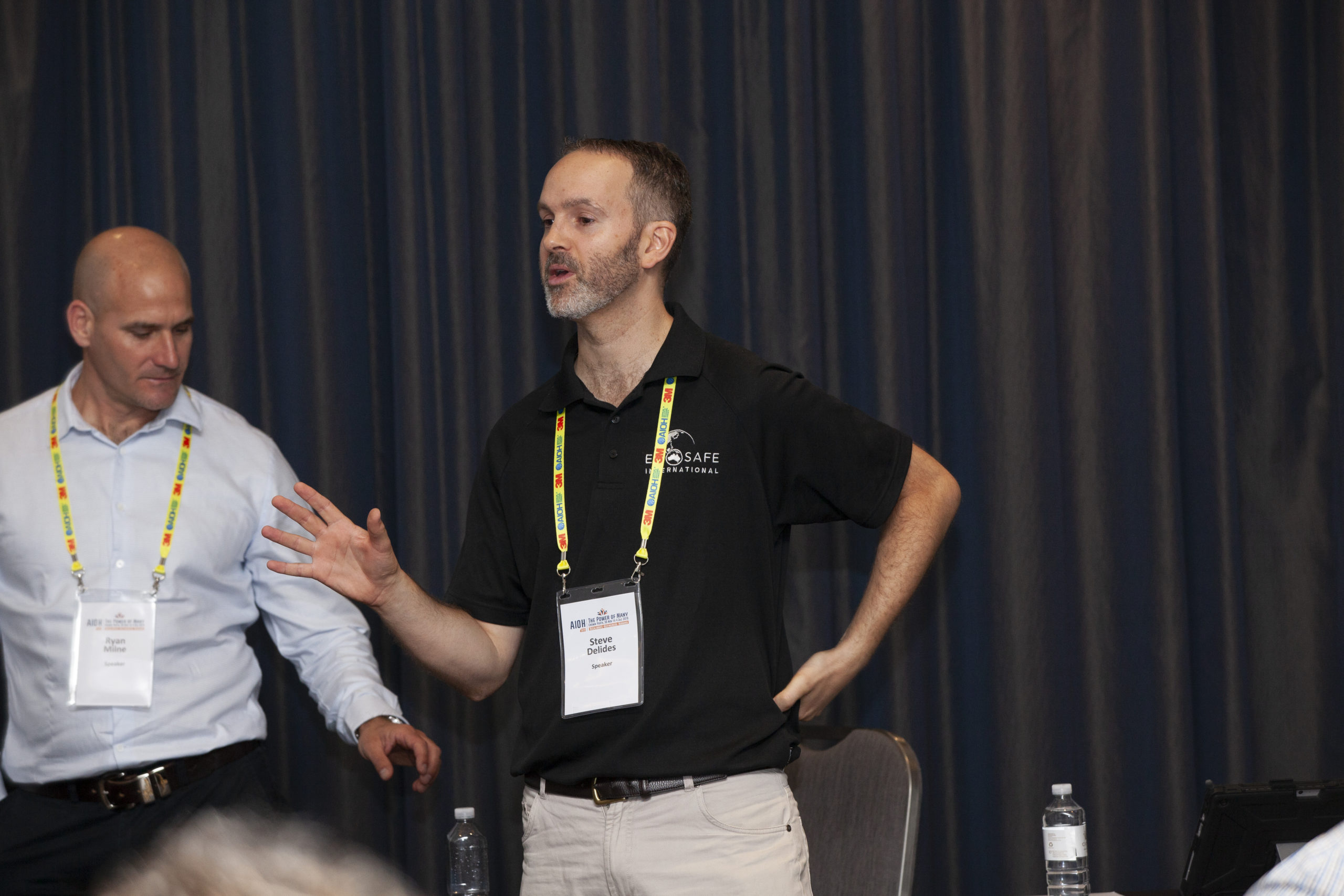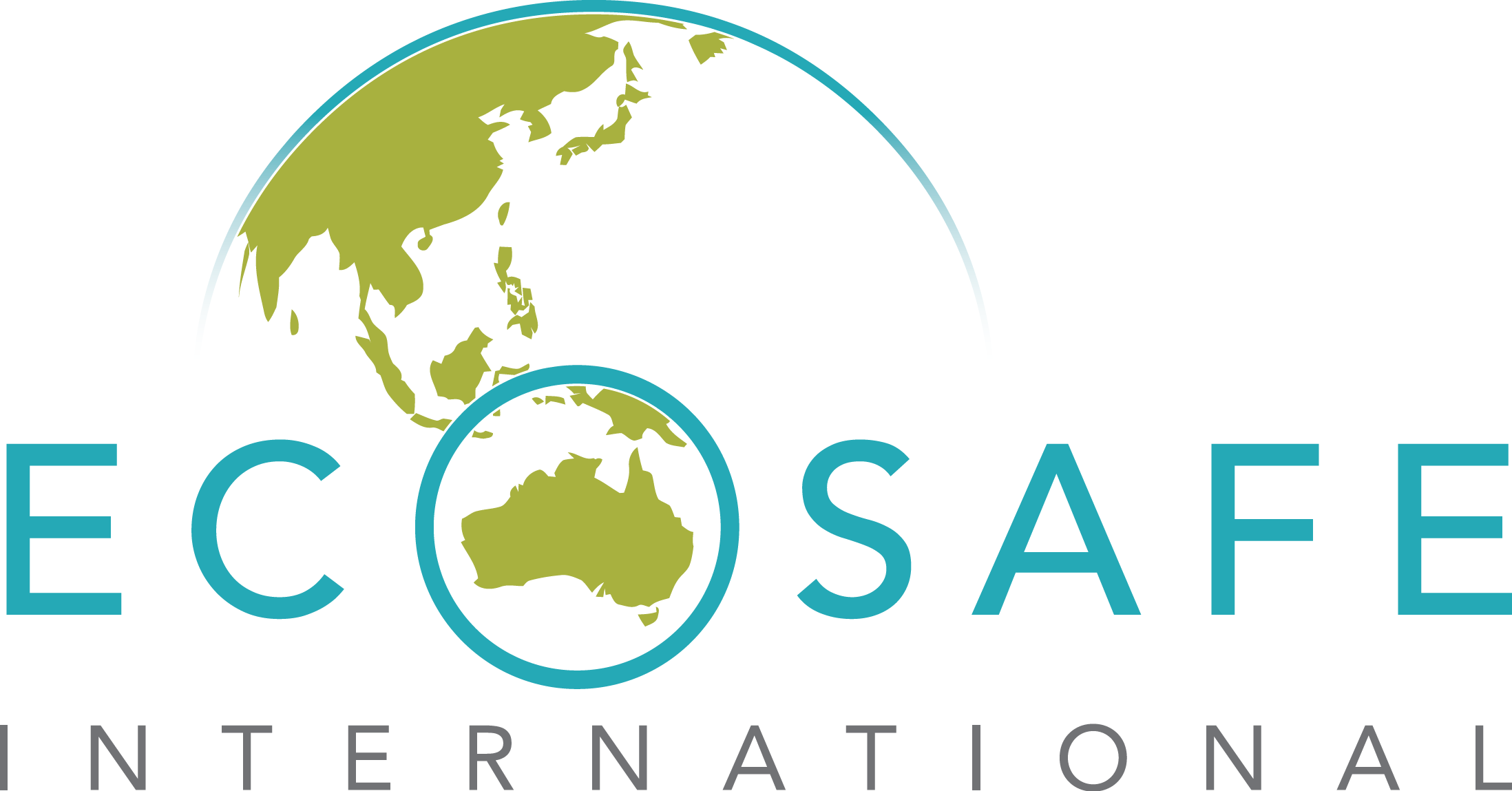Responsibility For Waterborne Pathogens
The theme for the December 2019 conference in Perth was The Power of Many. It recognises that united we can harness our collective power to achieve better worker health outcomes. The conference leading into 2020 covered three timely key elements across our industry:
- ReCalibrate: Embrace new technology; Adapt to new opportunities; Stretch our boundaries.
- ReSynergise: Reinvigorate our networks; Enlist a multidisciplinary approach; Embody a holistic perspective.
- ReBrand: Strengthen our reputation; Communicate our contribution; Invest in our brand footprint.
The conference theme was addressed by a range of national and international occupational hygiene and safety experts as well as specialists in the areas of leadership, communication and influencing at keynote presentations and workshops. A program of continuing education sessions (CES) precedes the conference and Ecosafe International was pleased to have been invited to present. These sessions provided a diverse range of opportunities for occupational hygienists and occupational health and safety professionals to update their knowledge and skills.
Since the CES, a number of existing and new Clients mentioned that they resonated strongly with discussions around the ambiguity of responsibility for waterborne pathogens and drinking water systems. It was a well attended and interactive session, with high energy from all participants.
 Ryan Milne (left) and Steven Delides (right)
Ryan Milne (left) and Steven Delides (right)
Where does the responsibility for waterborne pathogens such as Legionella typically lie?

The point of this illustration is to show that it is typically an interface of multiple roles. This is typically not an appointed role, and hence carries an increased risk. Due to this, it requires a team effort to achieve the required outcomes – so, clearly defined roles and responsibilities are key.
Other points discussed throughout the CES were the progression / journey for Clients to move from lagging to leading indicators and examples of “what good looks like.” Feedback from the session was that teams had a sampling focus (lagging indicator), and queries on how to progress them into leading indicators (operational monitoring). The daily and weekly operational checks, such as Critical Control Points (CCPs), FRC management, temperature control and flushing, which are our leading indicators, provide context to current system health. On the other hand sampling gives that context after microbiological analysis which can take up to 10 days.
Ecosafe International can assist in updating of your Water Quality Management Plan, facilitating Roles & Responsibilities workshops, and conducting Awareness Training.
For more information or advice please feel free to contact us.
Stay updated by connecting with us on Facebook.
